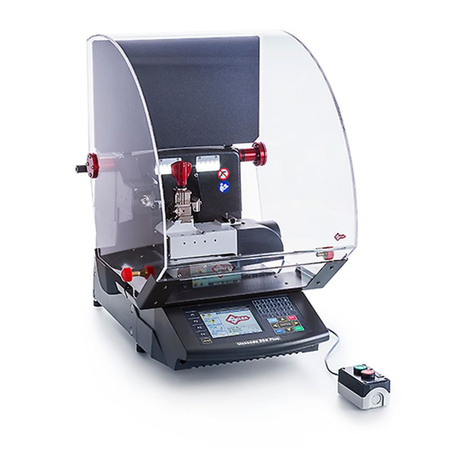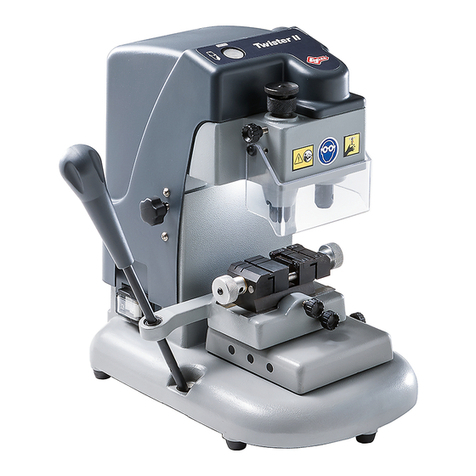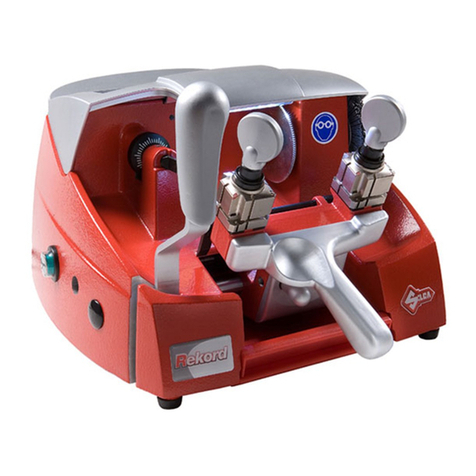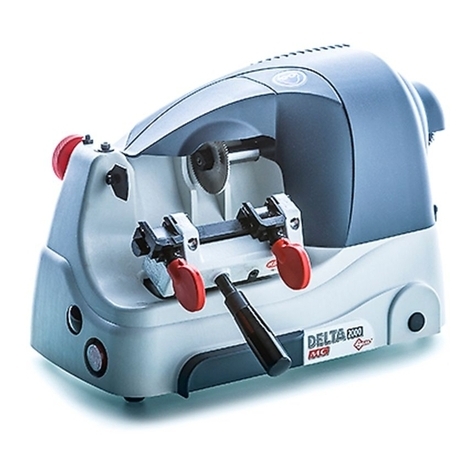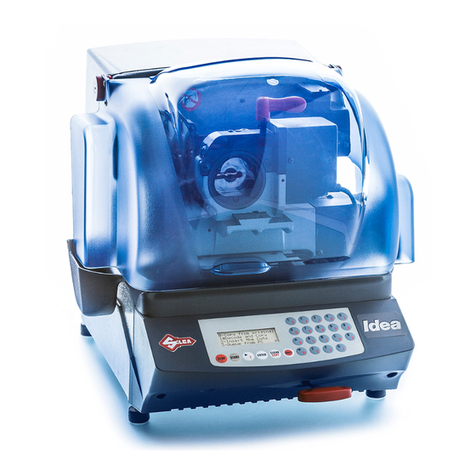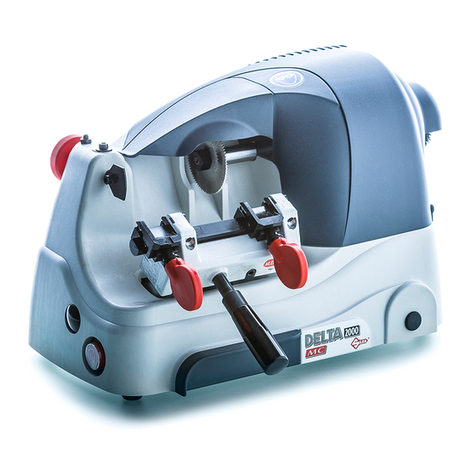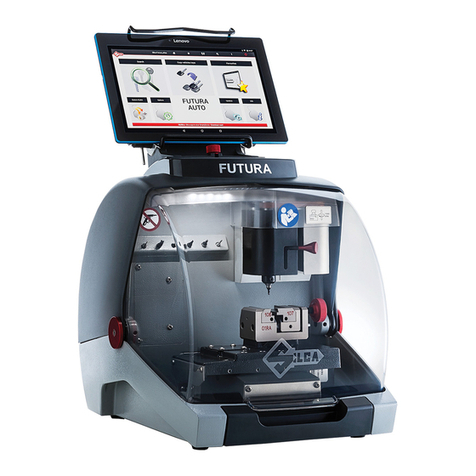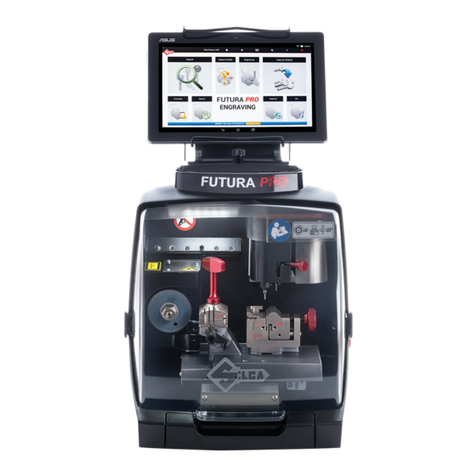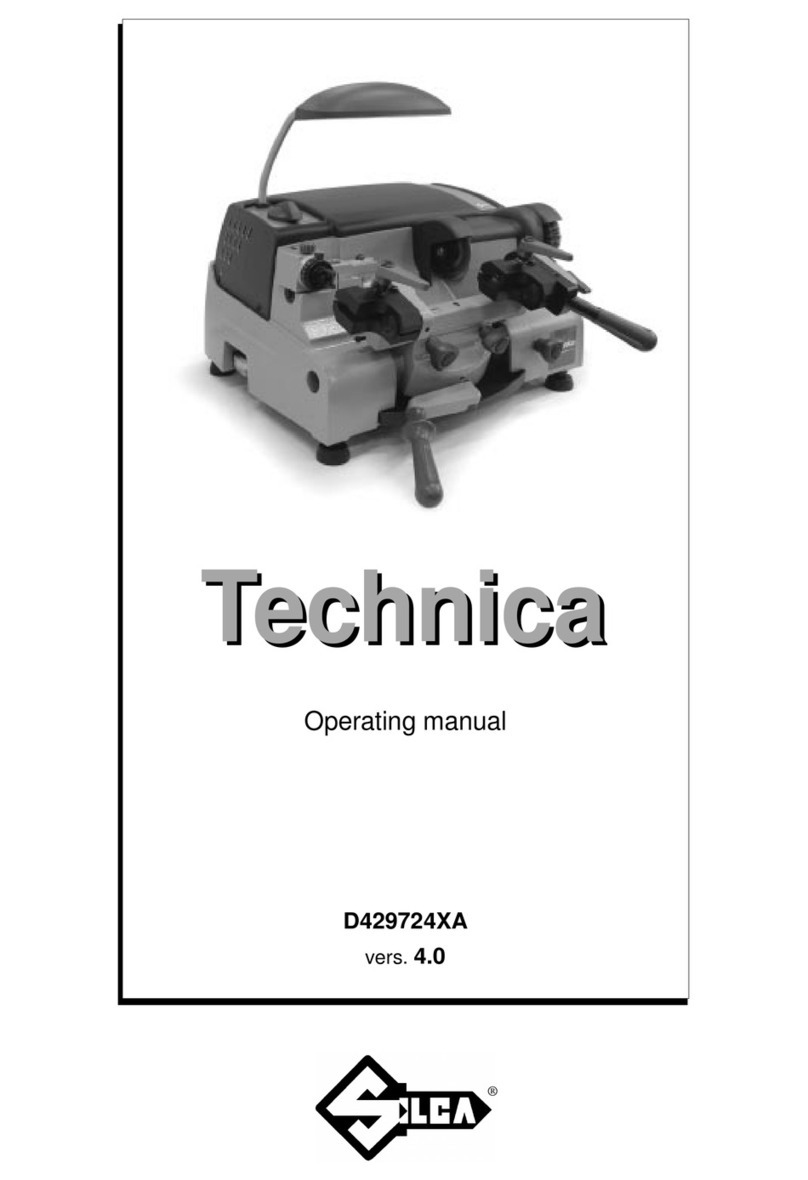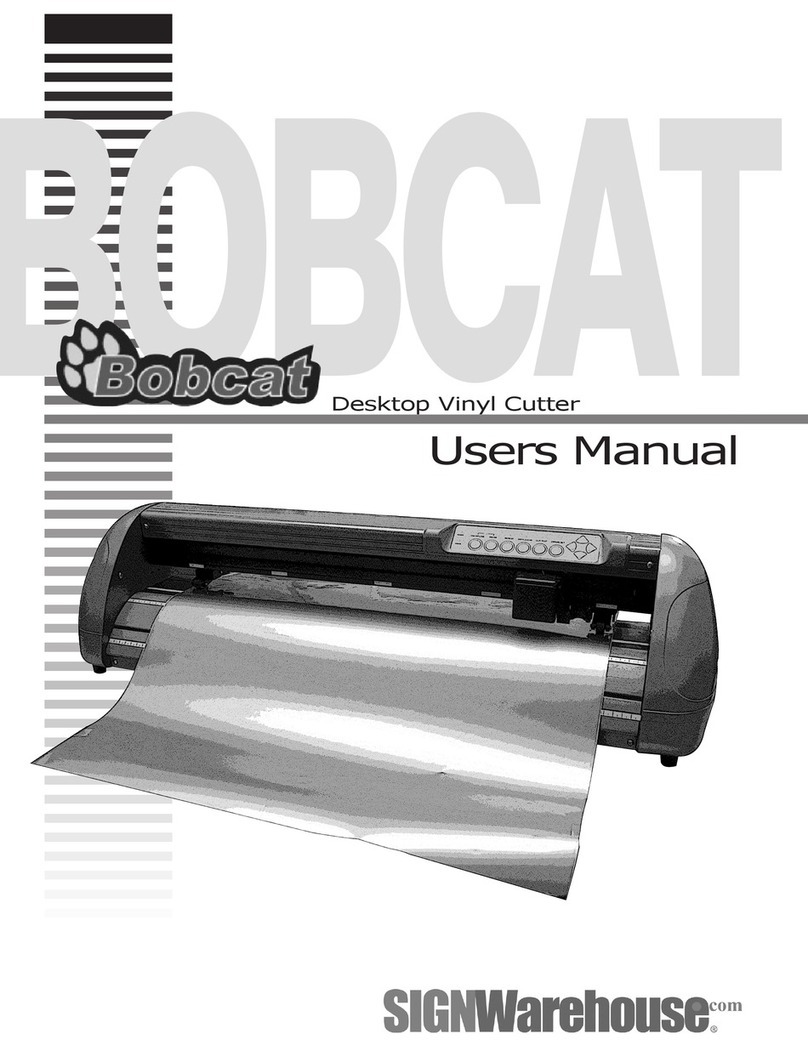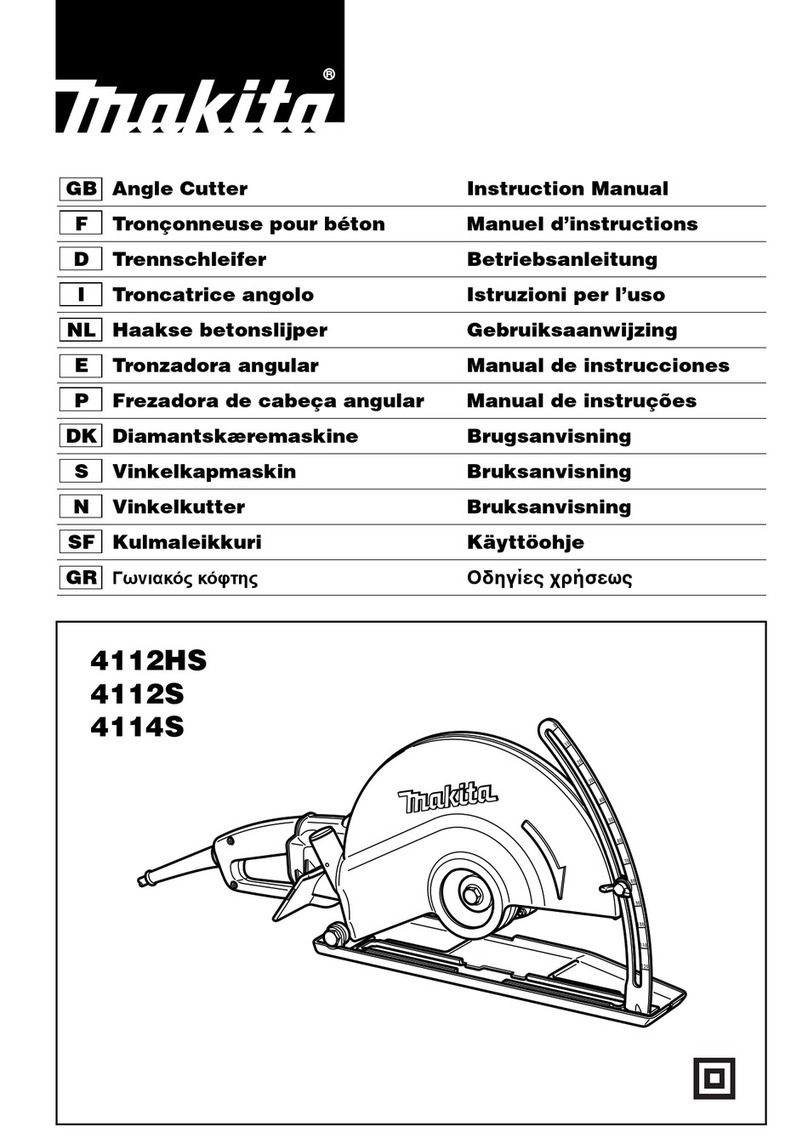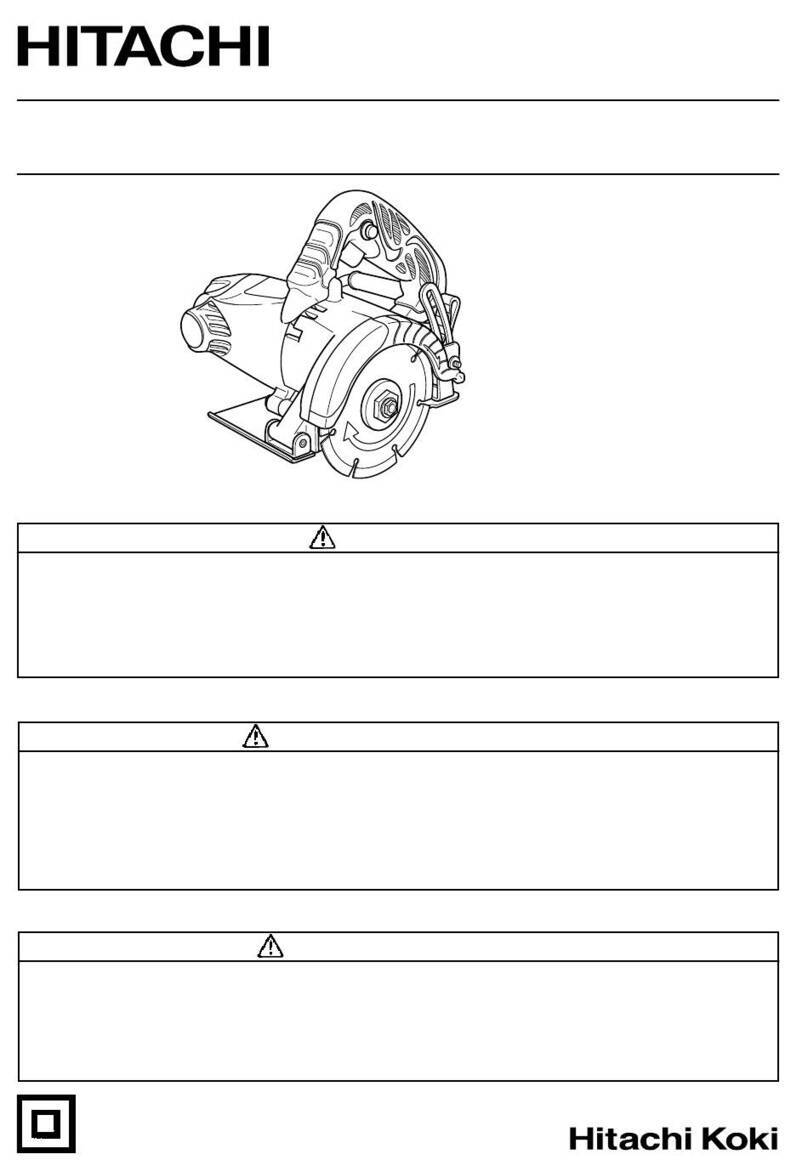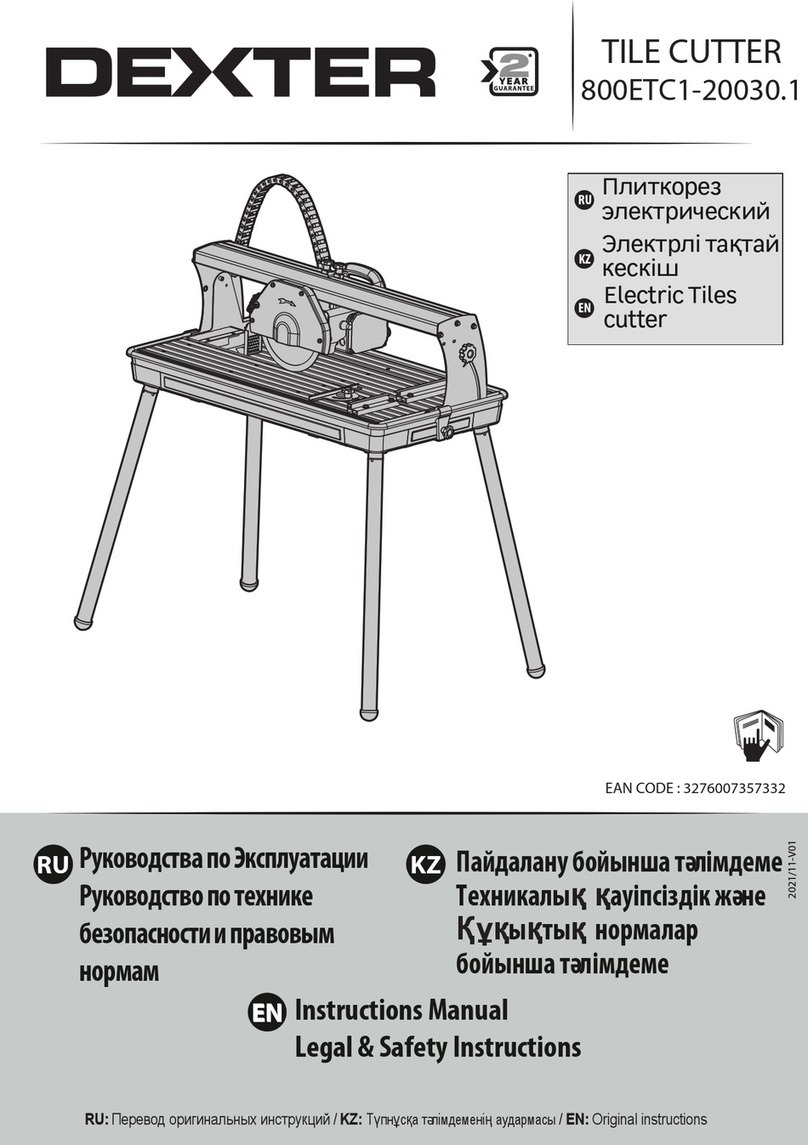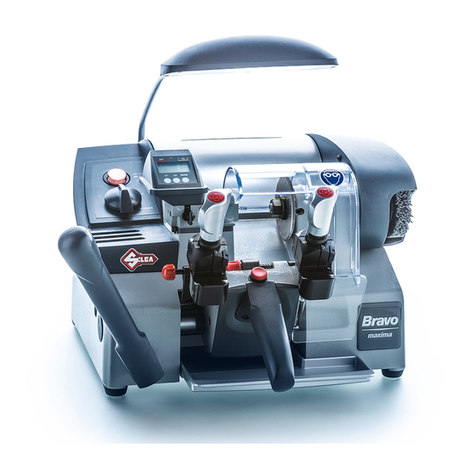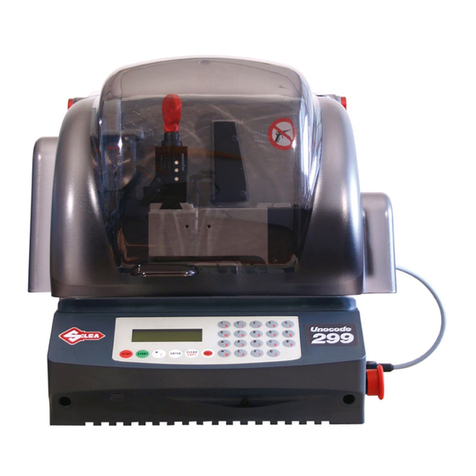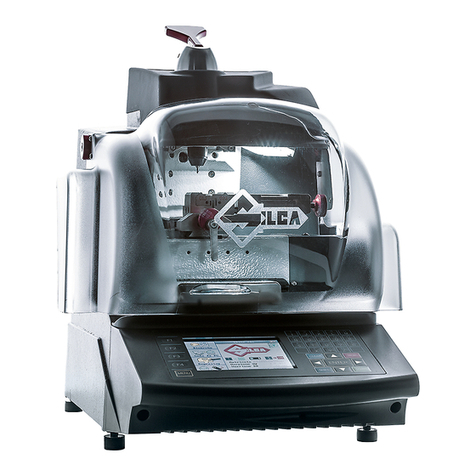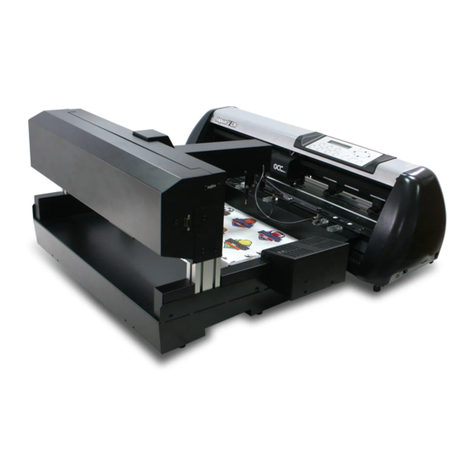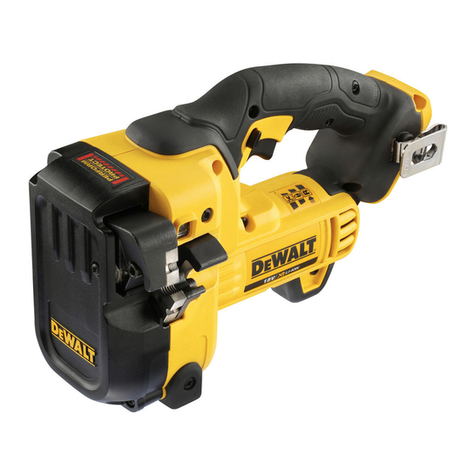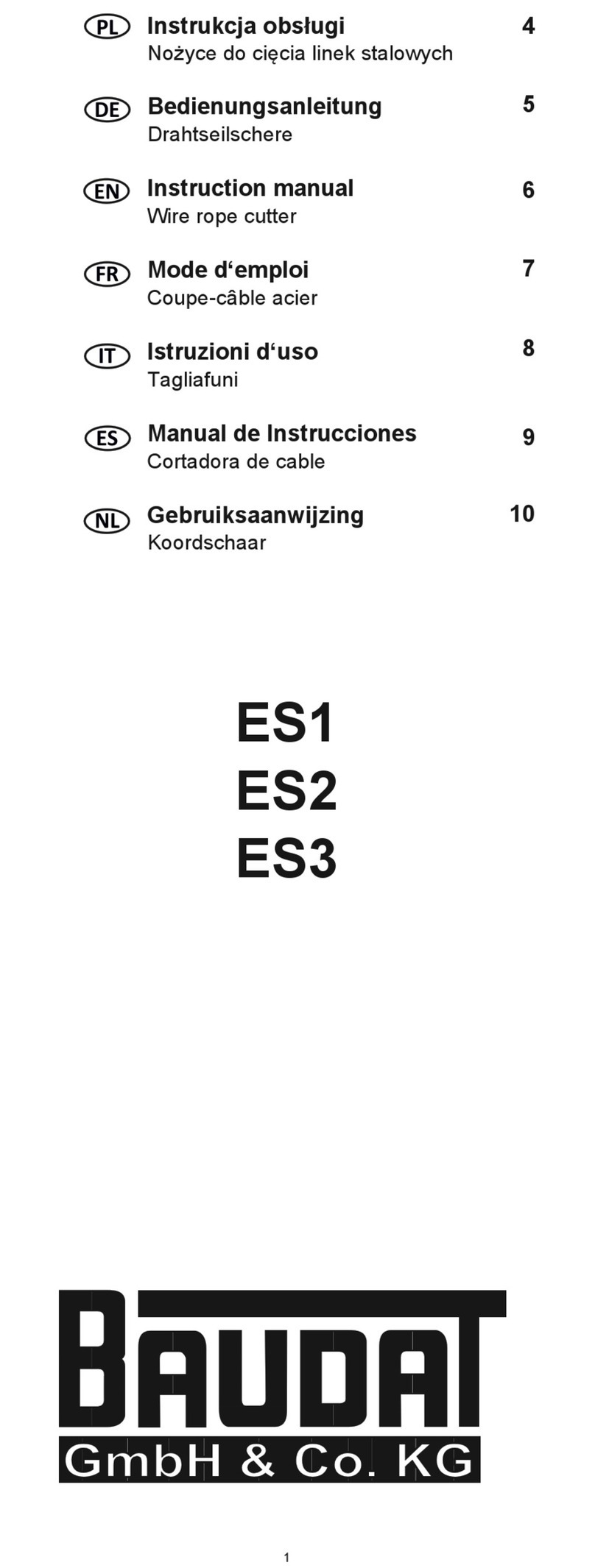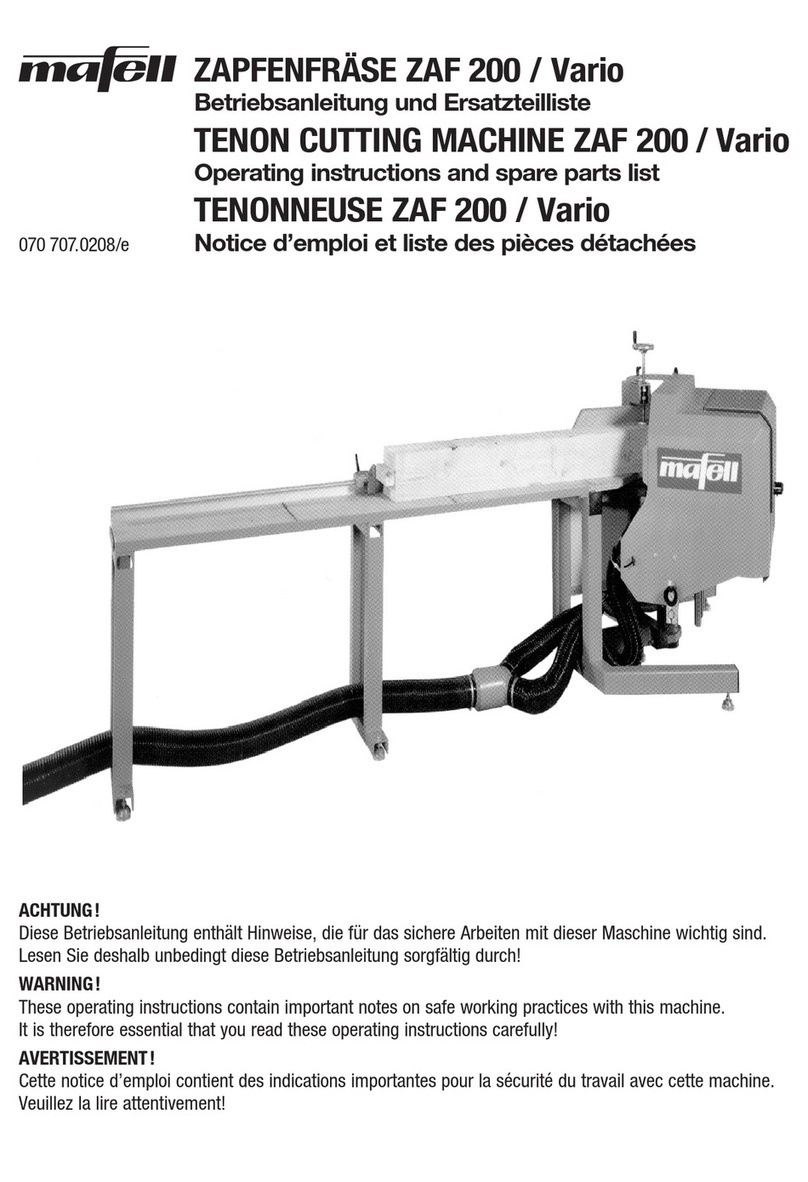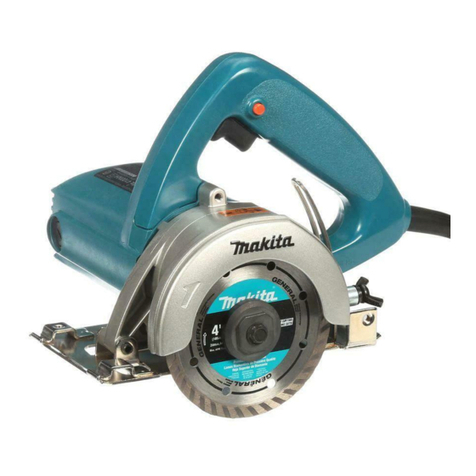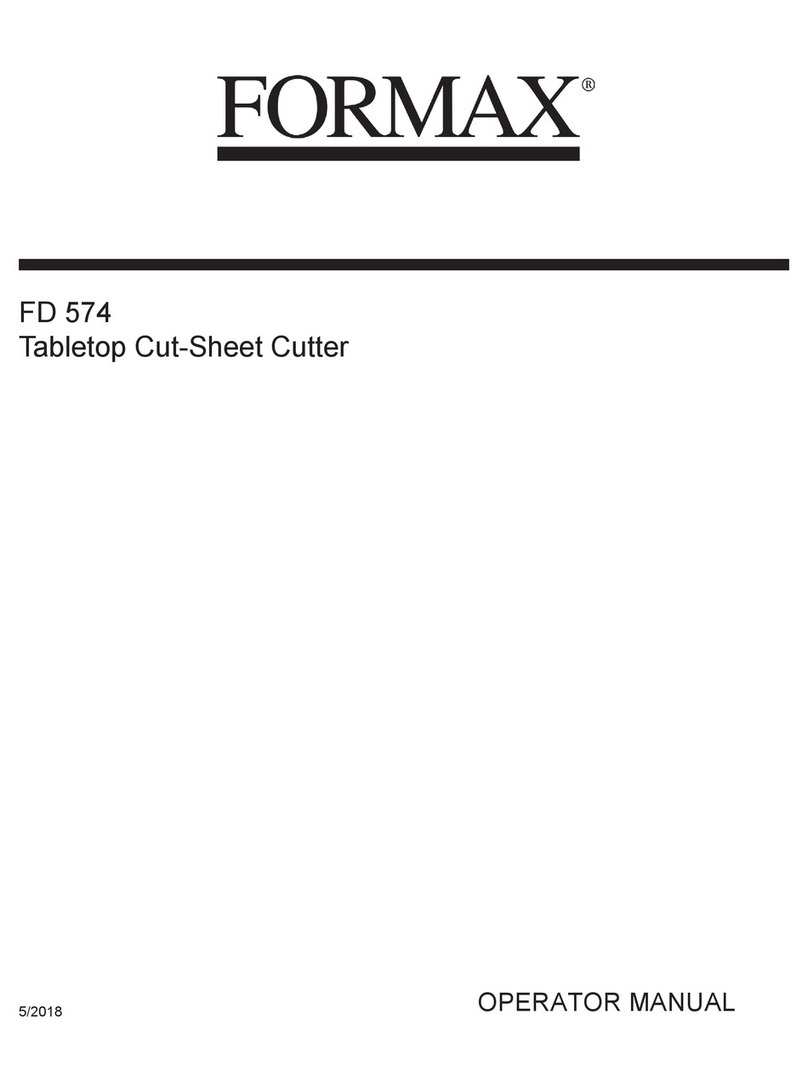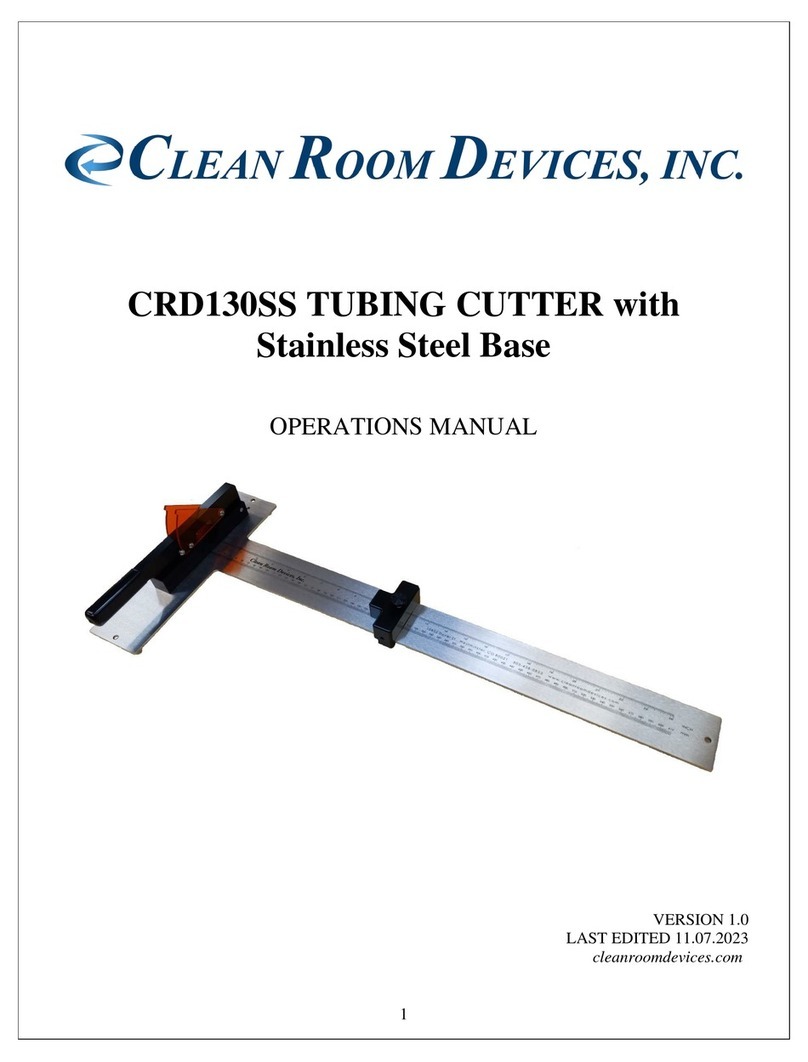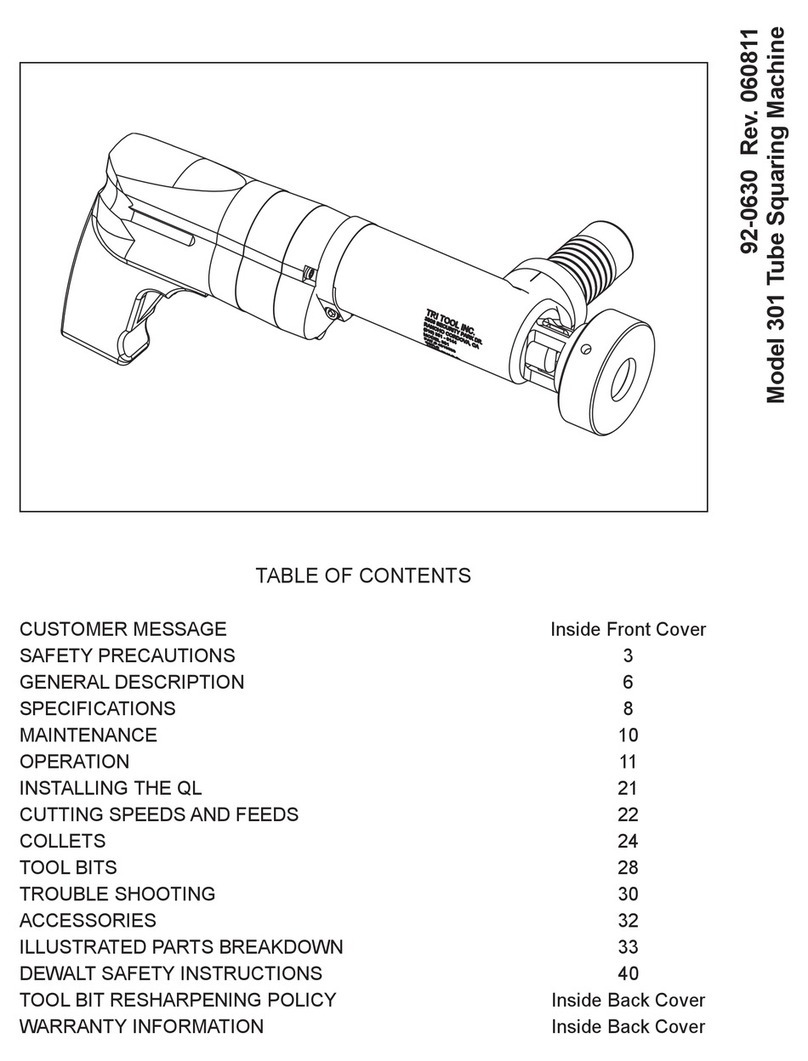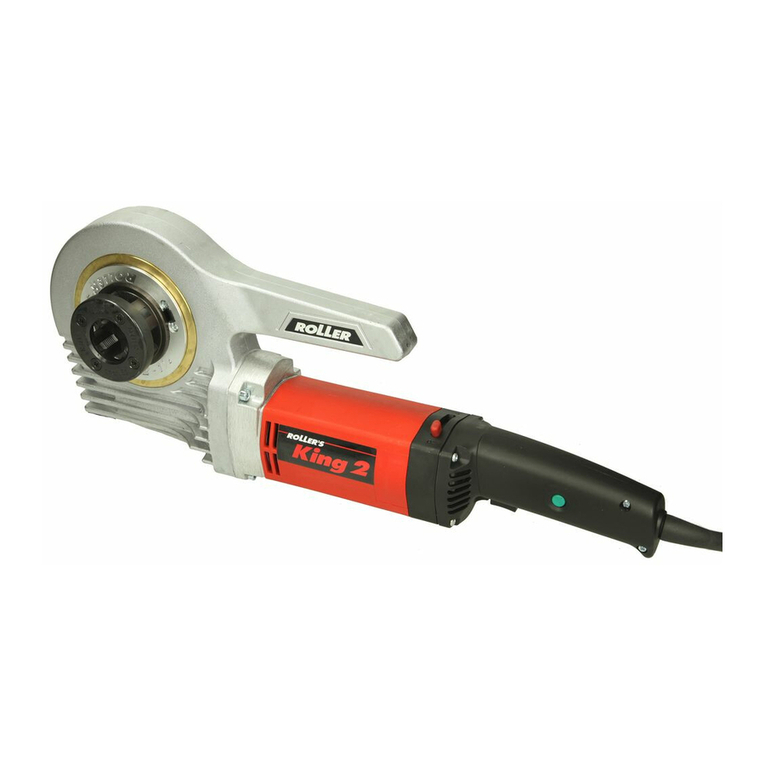
QUATTROCODE Operating manual - English
Copyright Silca 1999 3
INDEX
CONSULTING THE MANUAL ........................................................................................ 5
GENERAL ....................................................................................................................... 6
PROTECTION AND SAFETY PRECAUTIONS FOR THE OPERATOR ...................... 7
1 GENERAL DESCRIPTION .........................................................................................8
1.1 Main operating features ...................................................................................8
1.2 Safety devices .................................................................................................9
1.3 Technical data ...............................................................................................11
2 TRANSPORT ............................................................................................................12
2.1 Packing ..........................................................................................................12
2.2 Unpacking ......................................................................................................13
2.3 Handling the machine ....................................................................................13
3 INSTALLATION AND SETTING UP ........................................................................14
3.1 Checking for damage .....................................................................................14
3.2 Positioning .....................................................................................................14
3.3 Graphics ........................................................................................................15
3.4 Installation of the Silca Quattrocode Program software .................................15
3.5 Starting the Silca Quattrocode Program ........................................................15
4 MACHINE REGULATION .........................................................................................16
4.1 Machine keypad and functions of keys ..........................................................16
4.2 Decoder pocket ..............................................................................................17
4.3 Cutting tool replacement ................................................................................18
4.4 Use of the clamp ............................................................................................19
4.5 Fitting the clamp to the machine ....................................................................20
4.6 Turning the mobile jaw (P1) on clamp ‘J1’ .....................................................20
4.7 Key stop .........................................................................................................21
4.8 Anti-tilting device ............................................................................................22
4.9 Clamp detection .............................................................................................23
4.10 Clamp calibration ...........................................................................................23
5 DECODING KEYS ....................................................................................................25
5.1 Decoding ........................................................................................................25
6 KEY CUTTING ..........................................................................................................26
6.1 Data storage in the machine memory ............................................................26
6.2 Code selection ...............................................................................................26
7 TEST FUNCTIONS ...................................................................................................27
7.1 Sensor test .....................................................................................................27
7.2 Photocell test .................................................................................................30
7.3 Motor tests .....................................................................................................31
7.4 Display and keypad test .................................................................................33
